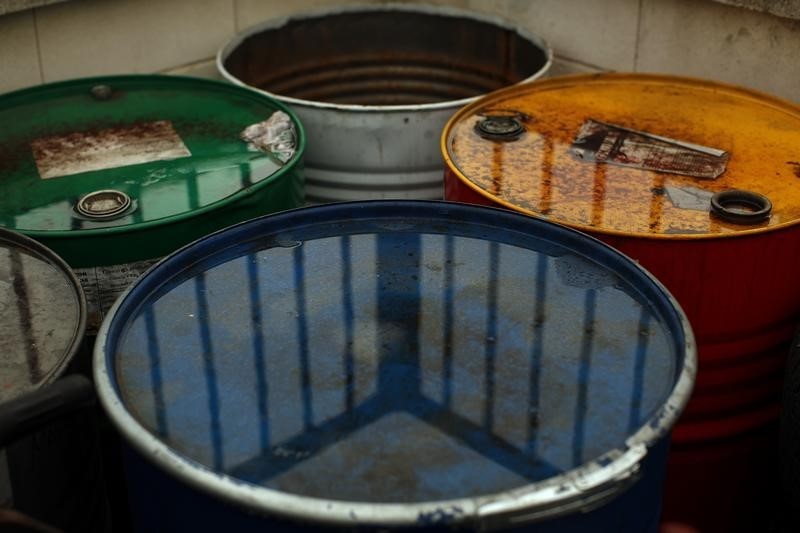Barclays: Oil sector shows resilience
In a client note, Barclays energy analyst Amarpreet Singh reiterated a constructive stance on the sector, citing resilient demand and persistent supply constraints among major producing nations

Oil prices have remained within a narrow range recently despite high geopolitical uncertainty, with analysts noting that the sector’s fundamentals continue to support positive earnings prospects for energy companies.
In a client note, Barclays energy analyst Amarpreet Singh reiterated a constructive stance on the sector, citing resilient demand and persistent supply constraints among major producing nations.
Recent data showed that global oil inventories declined in the first half of 2025 (H1 25), contrary to expectations of a surplus.
“Beyond the lack of inventory build in H1 25, evidence of supply constraints among OPEC+ members further reinforces our constructive view on oil prices,” Singh said in the note.
Although the group increased production targets by 1.4 million barrels per day for July, actual output only rose by 0.5 million barrels per day, as several members struggled to meet quotas.
Geopolitical risks remain a key factor. The Trump-Putin summit failed to make progress on Ukraine, increasing the likelihood of new sanctions against Russia, while Iran faces a deadline at the end of August to resume nuclear talks or risk broader United Nations sanctions.
The United States has already expanded sanctions targeting Iranian oil exports. Barclays noted that these developments could further constrain supply and support prices.
Outside OPEC+, U.S. production has largely followed forecasts, although weekly data points to a slight decline since late 2024.
Brazilian output, however, surprised to the upside in July, approaching 4 million barrels per day as more pre-salt wells came online.
“Based on expected development and our view of base declines, we believe Brazil’s oil production growth is likely to slow sharply again next year,” Singh said.
Looking ahead, Barclays’ price forecasts remain above market curves and consensus estimates.
For Brent, the bank projects $74 per barrel in Q4 2025 and $70 in Q1 2026, compared with the forward curve and consensus, which are lower.
For WTI, forecasts are $71 and $67 over the same periods, also ahead of market expectations.
“Oil markets defied expectations of a large surplus in H1 25, and major OPEC+ producers have not kept pace with the increase in production targets,” the analyst said.
Barclays also maintained its recommendation for long positions in WTI calendar spreads.